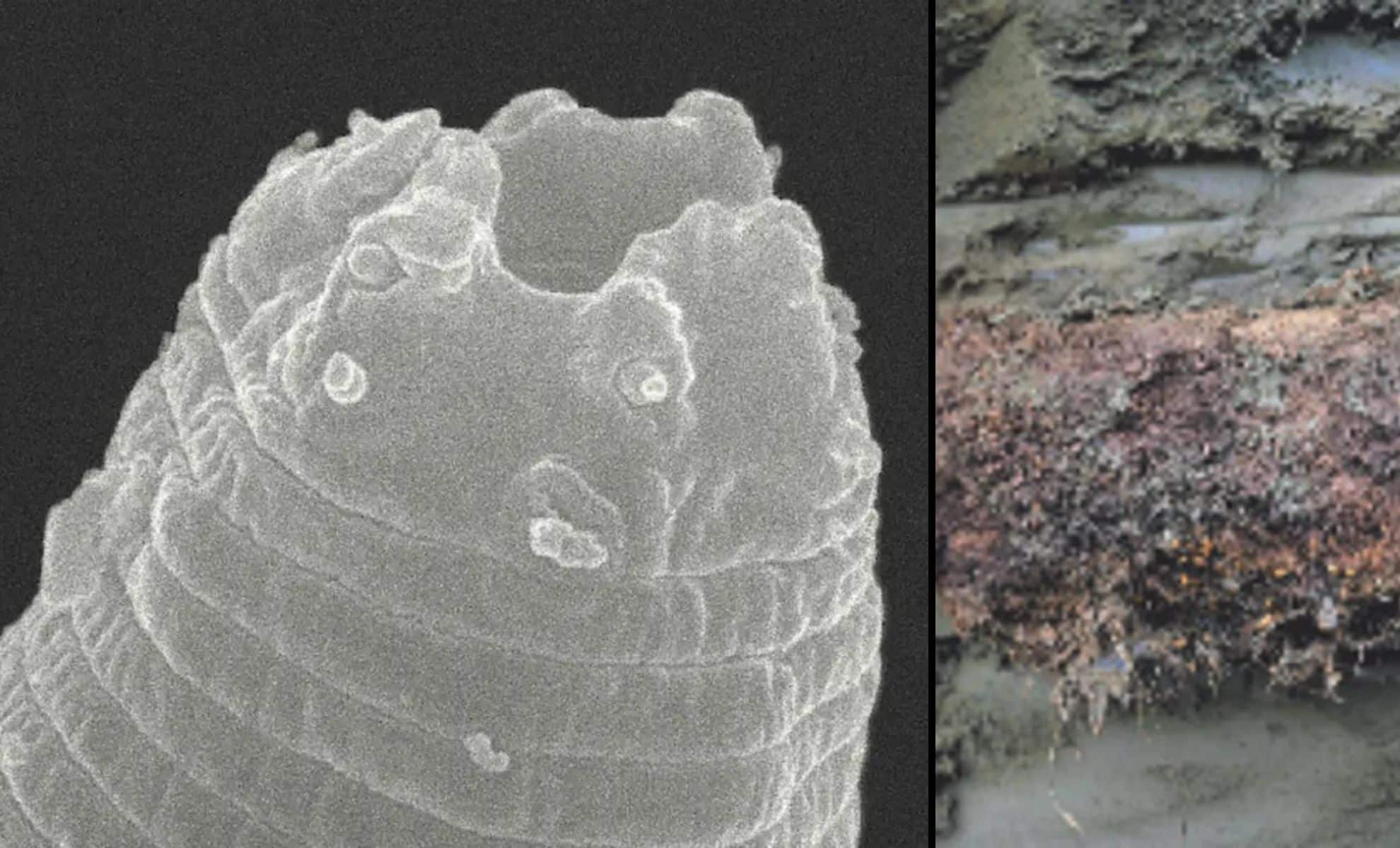
You might find it hard to believe, but scientists have recently made a remarkable discovery: a microscopic nematode worm has been successfully revived after being frozen in Siberian permafrost for an astounding 46,000 years. This incredible finding not only demonstrates the tenacity of life but also paves the way for innovative research in fields such as cryobiology, genetics, and even the exploration of outer space.
The specimen, known as Panagrolaimus kolymaensis, was located approximately 40 yards (37 meters) beneath the surface in Arctic permafrost. There, it existed in a dormant condition called cryptobiosis, a state of near-death where all biological functions are halted. After being thawed in a laboratory, the worm resumed normal activities and even produced offspring, making this a groundbreaking milestone in our understanding of how certain organisms can endure extreme periods of suspended life.
Understanding the Survival Mechanism of the Frozen Worm
This groundbreaking research was conducted by Dr. Philipp Schiffer and his team at the Institute of Zoology at the University of Cologne. They examined how these nematodes survived far beyond their typical life expectancy. Their findings, as outlined in an article in PLOS Genetics, suggest that the worm’s ability to enter a state of cryptobiosis may be crucial for enhancing our understanding of extreme survival strategies in nature.
The Siberian permafrost acts as a natural archive, preserving organic materials for thousands of years. This worm was retrieved from a depth that shielded it from environmental changes, enabling it to remain frozen since the Ice Age. Radiocarbon dating of the surrounding sediment confirmed the remarkable 46,000-year timeline, placing this minuscule survivor alongside woolly mammoths and prehistoric humans.
Insights into Evolutionary Biology
A fascinating aspect of this discovery is that the worm belongs to a genus previously unknown to researchers. Genetic analysis revealed that Panagrolaimus kolymaensis exhibits similarities to Caenorhabditis elegans, a widely studied nematode in laboratory settings. However, it also possesses distinct survival adaptations, including specialized proteins and molecules that shield its cells from severe dehydration and freezing.
Researchers believe these unique molecules function as biological antifreeze, stabilizing the worm’s cellular structures even in harsh, frigid environments. If scientists can decode these protective mechanisms, the implications may extend beyond nematodes, potentially benefiting human cells, organs, and even long-term space travel applications.
Dr. Schiffer, a co-author of the study, expressed his astonishment regarding the findings: “No one had anticipated that this process could last millennia, 40,000 years, or even longer. It is truly remarkable that life can resume after such an extensive period in a state between life and death.”
Implications for the Future of Cryopreservation
The capability to halt biological life for tens of thousands of years could revolutionize medical science. If researchers can understand and replicate the cryptobiotic process, we may see significant progress in:
- Human organ preservation – Increasing the viability of organs for transplant, alleviating shortages, and enhancing global access to lifesaving procedures.
- Space exploration – Developing suspended animation techniques for astronauts embarking on extended missions to destinations like Mars and beyond.
- Food storage and biotechnology – Formulating long-term preservation strategies for biological samples, pharmaceuticals, and even entire ecosystems.
Interestingly, cryptobiosis is not exclusive to nematodes. Other microscopic organisms, such as tardigrades (often referred to as water bears) and certain brine shrimp, can endure extreme conditions using similar biological methods. However, no known organism has survived in a frozen state for as long as this nematode, making this case exceptionally unique.









